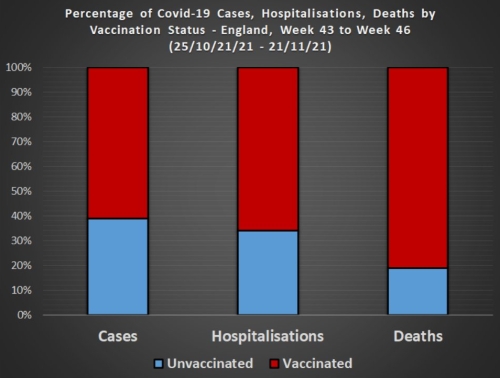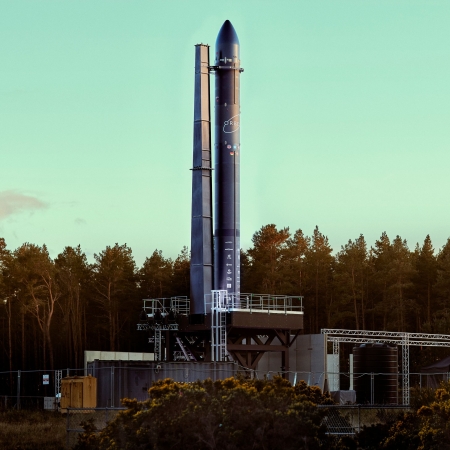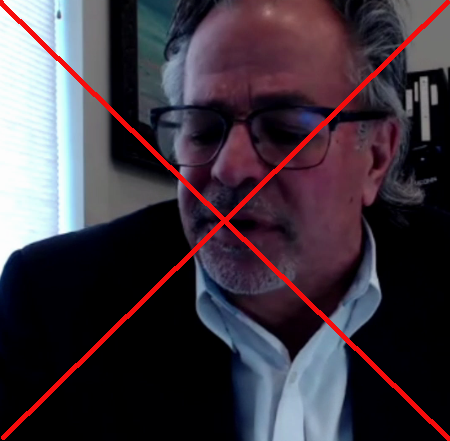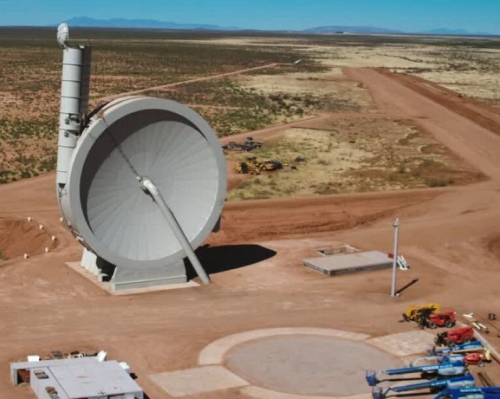The evidence keeps pouring in showing the utter failure of all COVID mandates
Since March 2020 I have repeatedly written that the response to the Wuhan flu was an utter mindless panic that had little to do with the facts. Right off the bat, the facts, not the models, suggested the virus would resemble the flu most of all, a possible mortal threat to the sick and elderly but generally nothing more than a short sickness to the general population, with it being almost utterly harmless to the young.
Nothing that has happened since has really changed these early conclusions. I have compiled below a collection of recent studies and reports that illustrate what we have learned following the epidemic and the panic that accompanied it. Sadly, that panic did little to stop the virus, but it left us with destroyed businesses, a crushed economy, many uneducated and damaged children, and a broken Bill of Rights.
The COVID jab

Study from November 2021showing the overall uselessness of the jab
in the United Kingdom last year.
The first set of stories show some recent studies analyzing the effectiveness and safety of the COVID shots, which are not vaccines because they simply do not prevent you from getting the virus. At best — though not yet proven — they might reduce the severity of the disease should you get it. The data however now suggests that though the overall risks are not large, the jab carries enough risk that in many cases, it makes no sense to get it. To require it, as many governments and businesses have done, is downright stupid and immoral. To fire nurses and doctors for refusing the shots is beyond stupid or immoral. It is evil.
Worse, these facts were known right from the initial tests, as the last story below shows. In the company’s initial trials they found that 1,223 people died within the first 28 days after taking the Pfizer shot. Such a result in past drug trials would have made impossible the approval of that drug.
» Read more












